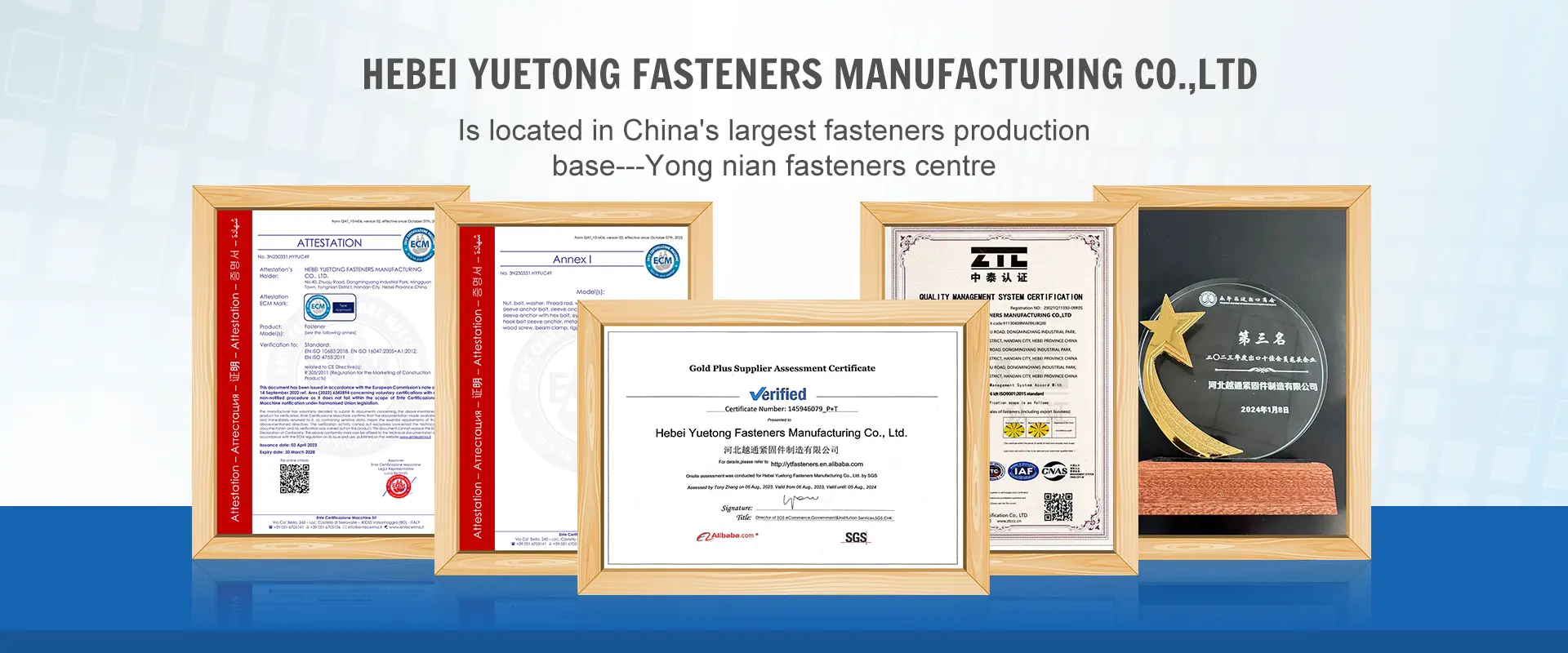Nov . 25, 2024 00:58 Back to list
M12 Hexagonal Nut Specifications and Applications for Various Industries
Understanding Hexagon Nuts The M12 Standard
In the realm of mechanical engineering and assembly, fasteners play a vital role in ensuring the integrity and stability of structures and machinery. Among the various types of fasteners, hexagon nuts are a fundamental component used to secure bolts and other threaded rods. This article explores the M12 hexagon nut, its specifications, applications, and importance in various industries.
What is an M12 Hexagon Nut?
An M12 hexagon nut is a hexagonal-shaped fastener with a nominal size of 12 millimeters, indicating that it fits with an M12 bolt or screw. The M designation refers to the metric screw thread standard, which is widely accepted in many countries around the globe. Hexagon nuts are characterized by their six sides, allowing for efficient tightening and loosening using a wrench or socket.
Specifications of M12 Hexagon Nuts
M12 hexagon nuts are typically made from various materials, including carbon steel, stainless steel, and brass. The properties of the material significantly influence the nut’s performance, including its strength, corrosion resistance, and weight. The most common grades for M12 nuts are Grade 8 and A2 stainless steel, which provide adequate strength and durability for most applications.
The dimensions of an M12 hexagon nut can vary depending on the specific standard it adheres to, such as ISO 4032 or DIN 934. Generally, an M12 nut has a width across flats of about 18 mm, and a thickness of approximately 6 mm. It is essential to select the appropriate nut based on the bolt specifications and the requirements of the assembly to ensure a secure fit.
hexagon nut m12

Applications
M12 hexagon nuts are utilized in a wide range of applications across various industries, including construction, automotive, aerospace, and machinery manufacturing. In construction, these nuts are essential for assembling scaffolding, securing structural frames, and fastening components in heavy machinery. In automotive applications, M12 nuts are frequently used to attach engine components, suspension systems, and transmission parts.
Furthermore, M12 hexagon nuts are often used in conjunction with washers, which help distribute the load and prevent damage to the substrates being secured. This combination is particularly crucial in high-stress environments to enhance the overall reliability and safety of the assembly.
Importance of Quality
The quality of an M12 hexagon nut is paramount to ensuring the longevity and reliability of the assembly it is part of. Poor-quality nuts may lead to failures such as stripping, shearing, or loosening over time. Therefore, adhering to international standards and using reputable manufacturers is critical when sourcing these fasteners.
Conclusion
In summary, M12 hexagon nuts are integral to countless mechanical assemblies and constructions. Their design, material choice, and adherence to standards ensure they perform effectively in various environments. Understanding their specifications, applications, and the importance of quality helps engineers and technicians make informed decisions when selecting fasteners for their projects. By choosing the right M12 hexagon nut, professionals can ensure the structural integrity and safety of their work, contributing to better outcomes in their respective fields.


